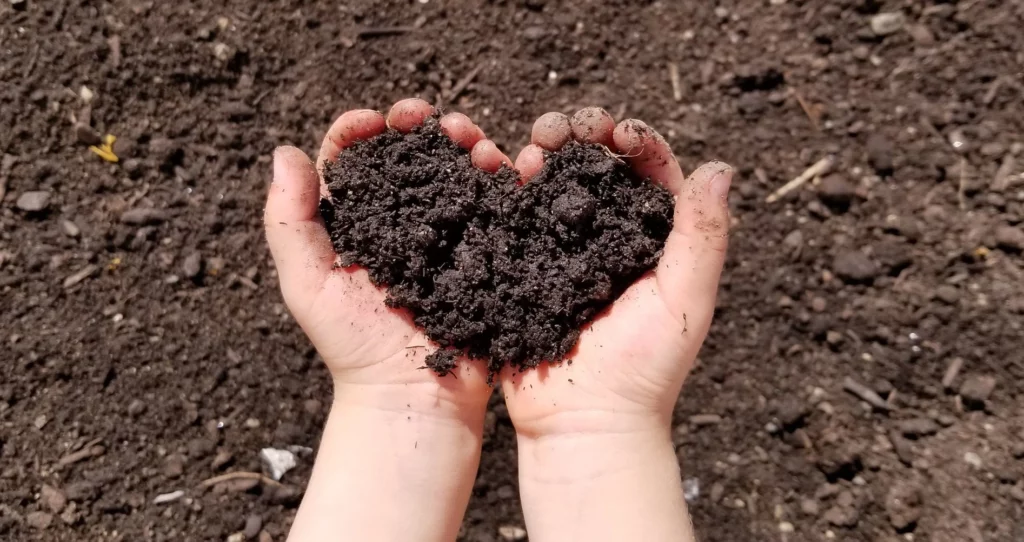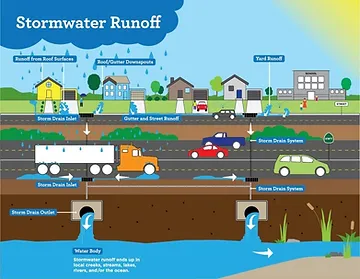Everyone wants beautiful landscaping for their home. But between climate change and seemingly endless droughts, people sometimes wonder if they have to sacrifice the dream of a beautiful yard to be earth-friendly.
Did you know it’s possible to have the best yard on the street and help the environment?
In this article, we’ll go over some ways to create sustainable landscaping so you can balance beauty with eco-friendly.
Here are five tips to take your landscaping to the next level for you and the environment:
Try Practicing Xeriscaping
Xeriscaping is the art of using drought-tolerant plants and is a great place to start if you want to be more sustainable. Despite the definition, anyone can use this style anywhere if your goal is to save water or have a succulent-focused landscape design.
You can also practice xeriscaping by grouping plants with similar watering needs together.
For more information, check out our article on drought-tolerant landscapes.

Good Old-Fashioned Compost
The obvious suggestion of the bunch, going for compost over fertilizer is sustainable because compost is free of the harmful chemicals that eventually runoff into oceans and streams. It also helps with soil retention – which saves water.
If you’re a DIY’er, you can take it up a notch and recycle your natural waste to make your compost. Or that sounds like too much work. Just head to your local garden supply store. Either way, compost is an excellent step towards a sustainable yard that improves plant health while protecting the environment.
Use Recycled Landscape Materials
Plants will grow in almost anything: old jugs, coffee cans, buckets, jars, and tubs are all good sustainable options over buying new planters. You’ll give new life to items that would’ve ended up in the landfill, and your landscaping will have a spark of creativity..
You can also use old windows, wood, or concrete to create landscape barriers. Next time you’re about to throw out an old container think about how it could be used in the yard.
Seeking out these materials over new ones can go a long way towards contributing to eco-friendly practices.
Integrate Permeable Surfaces into Your Hardscape
According to the American Society of Landscape Architects, “Rainfall picks up contaminants from impervious surfaces such as asphalt and concrete streets, driveways, and other pathways, which further contribute to water pollution.”

Using materials like gravel or mulch allows water to flow through the surface and into the soil, leading to reduced storm water runoff.
If you can find ways to use porous surfaces in your landscaping, the benefits will extend far beyond your property. Want to double down? Combine it with composting and xeriscaping to up the sustainability.
Switch Out Grass for Ground Cover
Traditional grass often comes to mind when you think of landscaping and can have a timeless appeal. That grass is also high maintenance.
Ground cover has the advantage of requiring minimal watering, mowing, or pesticides to keep it looking green. And depending on your preference, it can be green year-round and resilient to drought. Here are some great examples:
Look at this article to get an in-depth look at some options: Lawn alternatives: Ground Cover Trial.
Sustainable Landscaping is Essential
Sustainable landscape design is important – especially in areas prone to drought – and if you’ve made it this far, you probably agree. Hopefully, these tips inspired you to create landscaping with the environment in mind.
